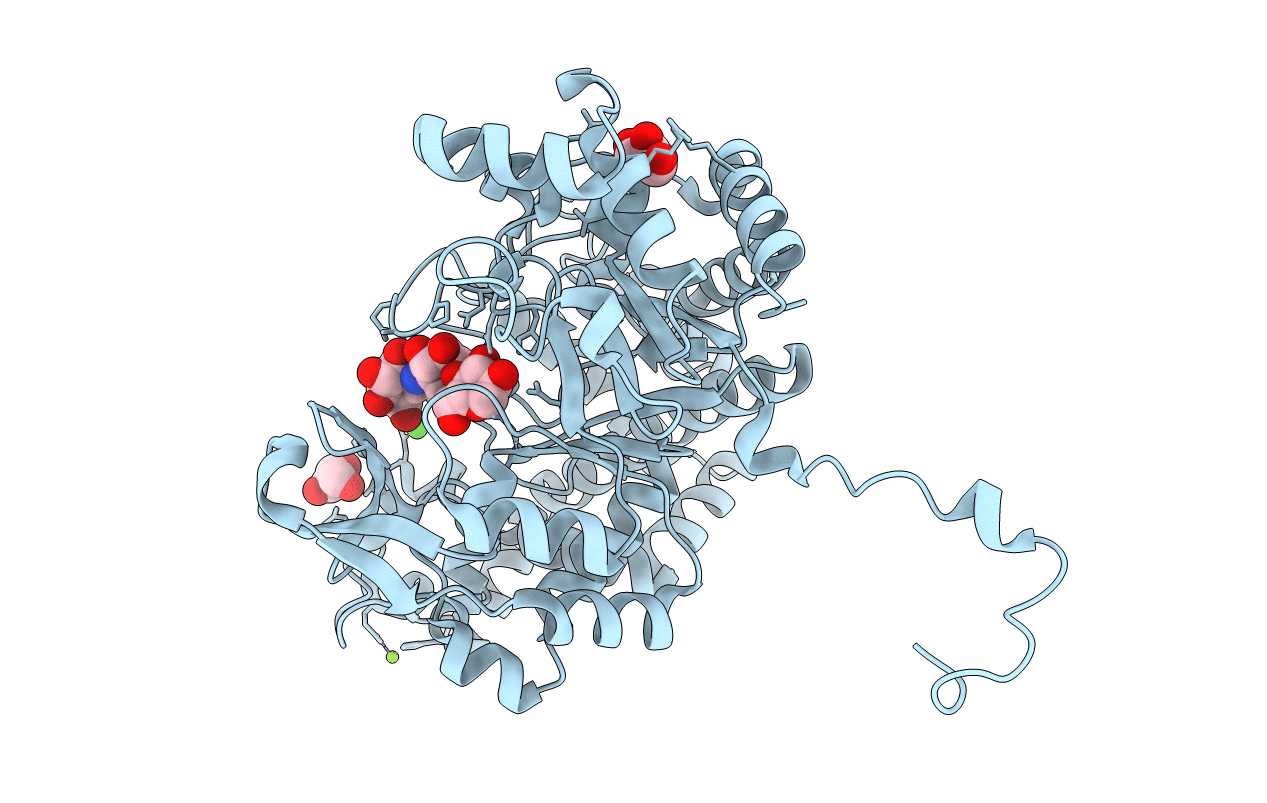
Deposition Date
2020-02-10
Release Date
2020-08-26
Last Version Date
2024-11-06
Method Details:
Experimental Method:
Resolution:
2.03 Å
R-Value Free:
0.20
R-Value Work:
0.16
R-Value Observed:
0.16
Space Group:
C 2 2 21


